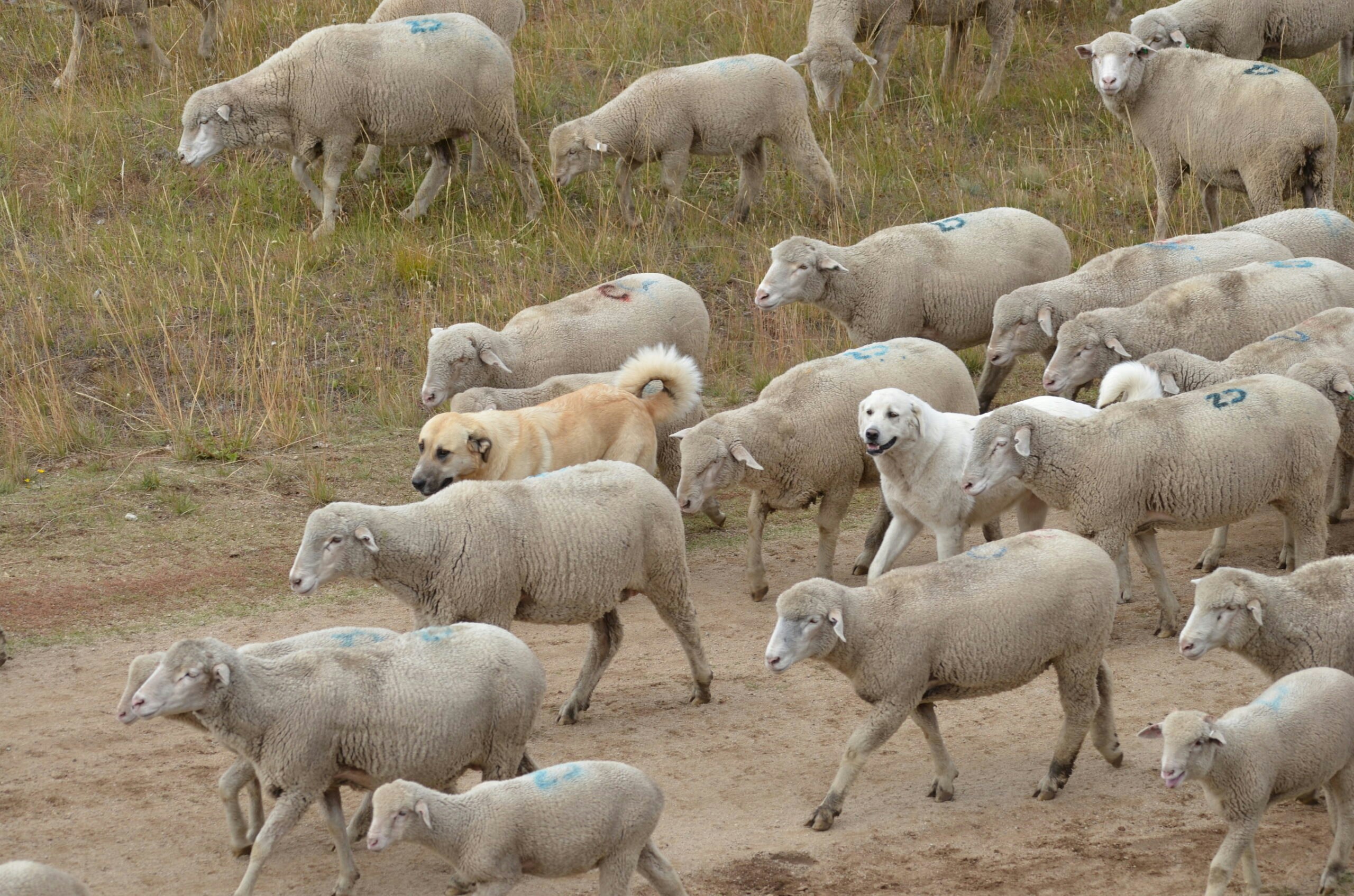By Cat Urbigkit, Range Writing columnist for Cowboy State Daily
As a frequent reader of new research on livestock production and carnivore conflicts, I am often reminded of the divide between researchers and practitioners. Papers will explain that research was conducted on sheep, without necessary information about those sheep, which practitioners (livestock producers) know will influence outcomes. For instance, we need to know not just the number of sheep involved, but breed, sex, age, breeding status, etc. because these cohorts may react differently in a given scenario.
Last fall, a new paper was published that cited the need for livestock protection to be more evidence-based, calling for more scientific papers to be based on “gold standards” for scientific research. A previous paper by some of the same co-authors went so far as to call for a halt to lethal control until such gold standards are achieved. Most of the only gold-standard studies cited by these authors are for non-lethal techniques, which are easier to study.
It would seem easy to support the call for “gold standards” but too often scientists fail to recognize the realities and complexities of field situations makes that unattainable, and the policy implications are significant. For example:
• Lethal versus non-lethal:
Most studies assessing lethal versus non-lethal control of predators only acknowledge non-lethal control when undertaken or funded by government or NGOs. Rarely is there an acknowledgment or assessment of the various non-lethal measures already used by producers prior to lethal control, so it’s not really an accurate or fair assessment.
• Feasibility & Affordability:
When livestock producers make management decisions, the feasibility and affordability of an action are foremost considerations, yet scientists expend little effort in this sort of assessment for field conditions. Having a great predator deterrent is of little use if it’s not affordable, or is only applicable in limited conditions.
• Gold means controlled:
Gold standard research usually takes place under captive-animal scenarios, where variables can be limited by researchers. This is in contrast to field conditions, where researchers would have little or no control of variables that influence outcomes. Researchers need to understand that difference, and that just because “gold” standards aren’t achieved doesn’t mean field research isn’t valid and useful. Researchers shouldn’t stretch to such broad condemnation as did those calling for a halt to lethal control because “gold” standards weren’t used in the studies they reviewed. That recommendation was simply the reflection of researcher bias.
• Motivations Differ:
Acknowledge the motivations and goals of researcher and livestock producers are not the same thing. Much research is being conducted to reduce conflicts between domestic livestock and wild predators, yet livestock producers are rarely included in study design, and livestock producers readily find flaws in implementing recommendations resulting from the research. Perhaps if livestock producers were more involved in study design, the results could be more readily adopted.
• Partnerships:
The new paper refers to “livestock owners” only twice; once was to discredit the use of the livestock owner’s “perceived effectiveness” of an intervention, noting “widespread placebo effects, whereby patients feel better simply because they have participated.”
Although in an opening paragraph the authors stated, “Livestock owners, natural resource managers, and decision-makers each have an important role to play in research partnerships to collaboratively guide the testing of predator control interventions,” the paper substantially ignored the livestock owner value and role in such research.
• Animal husbandry ethics:
To achieve gold standard research in this field requires experiments that are ethically questionable. A true test of effectiveness of no-control, non-lethal control, and lethal-control would result in the deaths of domestic animals without intervention to protect them during the research. I, as a livestock producer, find that intolerable and would refuse to participate in such research that would result in pain, suffering and death for the animals I am responsible to tend.
Until researchers bridge the divide between the needs of scientists and the needs of practitioners, I see little room for progress.
Cat Urbigkit is an author and rancher who lives on the range in Sublette County, Wyoming. Her column, Range Writing, appears weekly in Cowboy State Daily. To request reprint permission or syndication of this column, email rangewritesyndicate@icloud.com.





